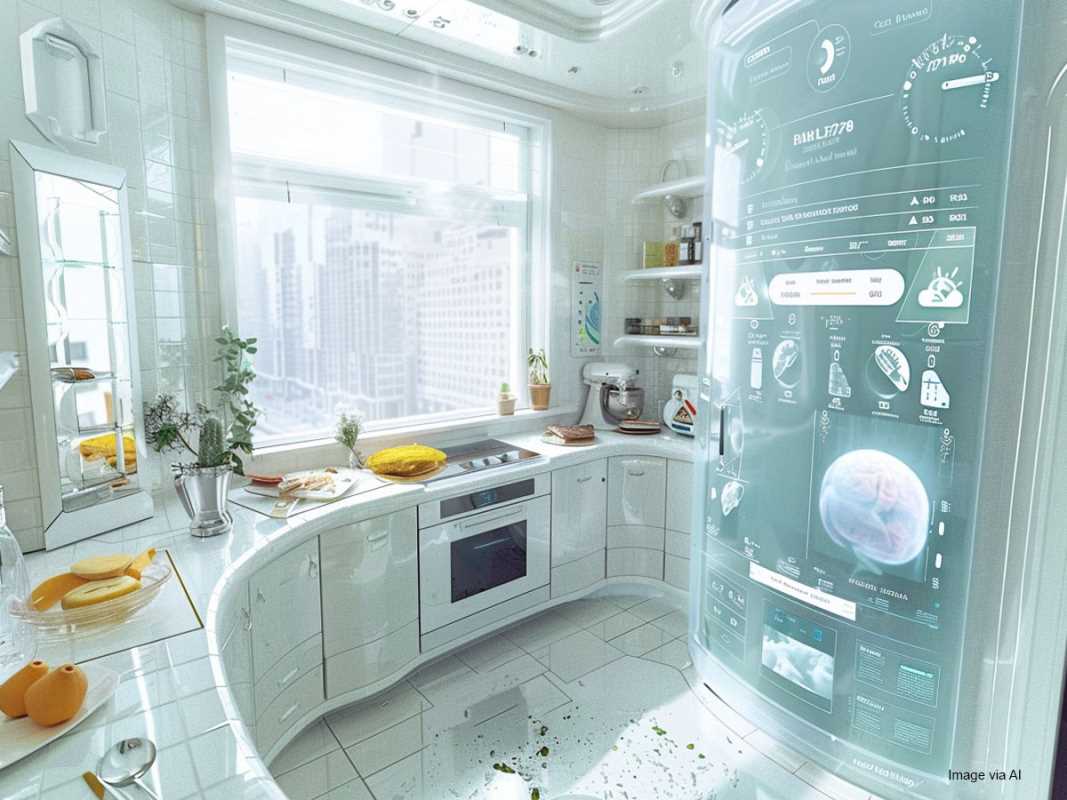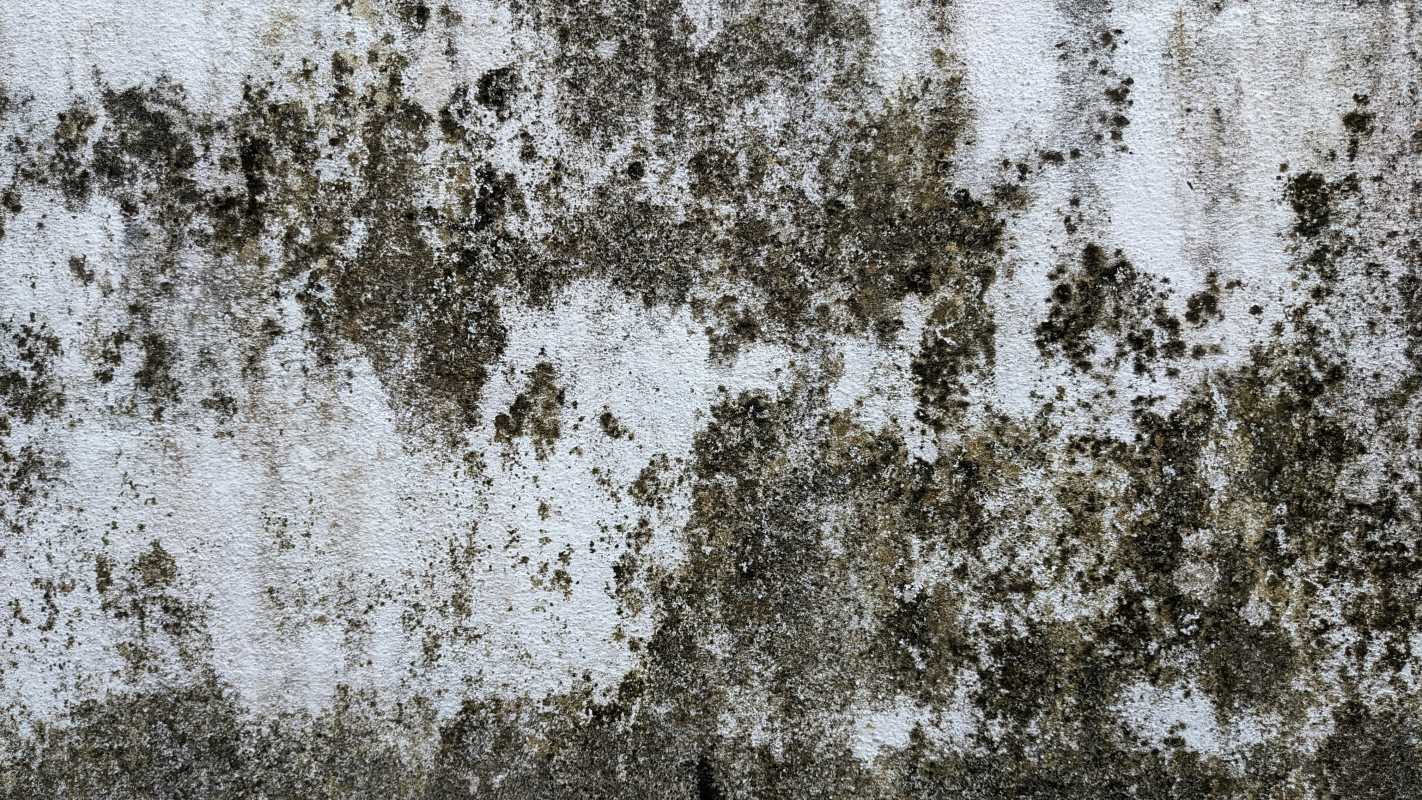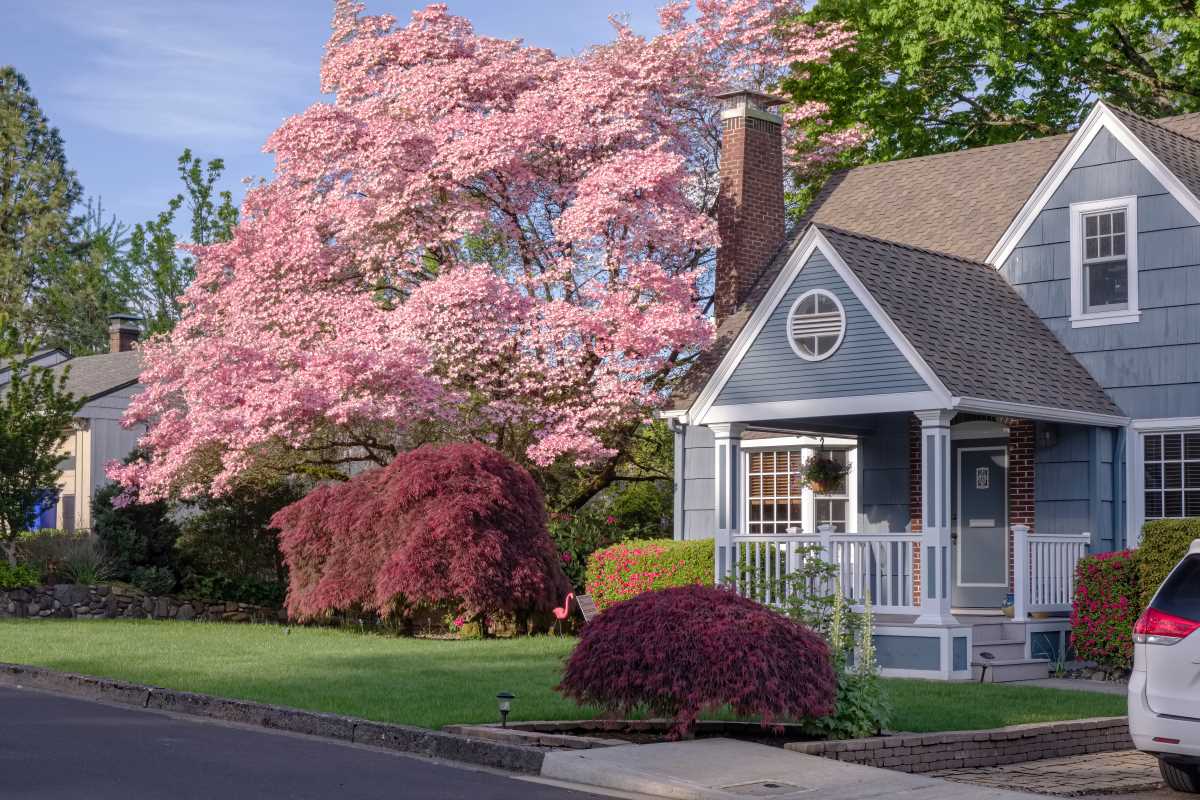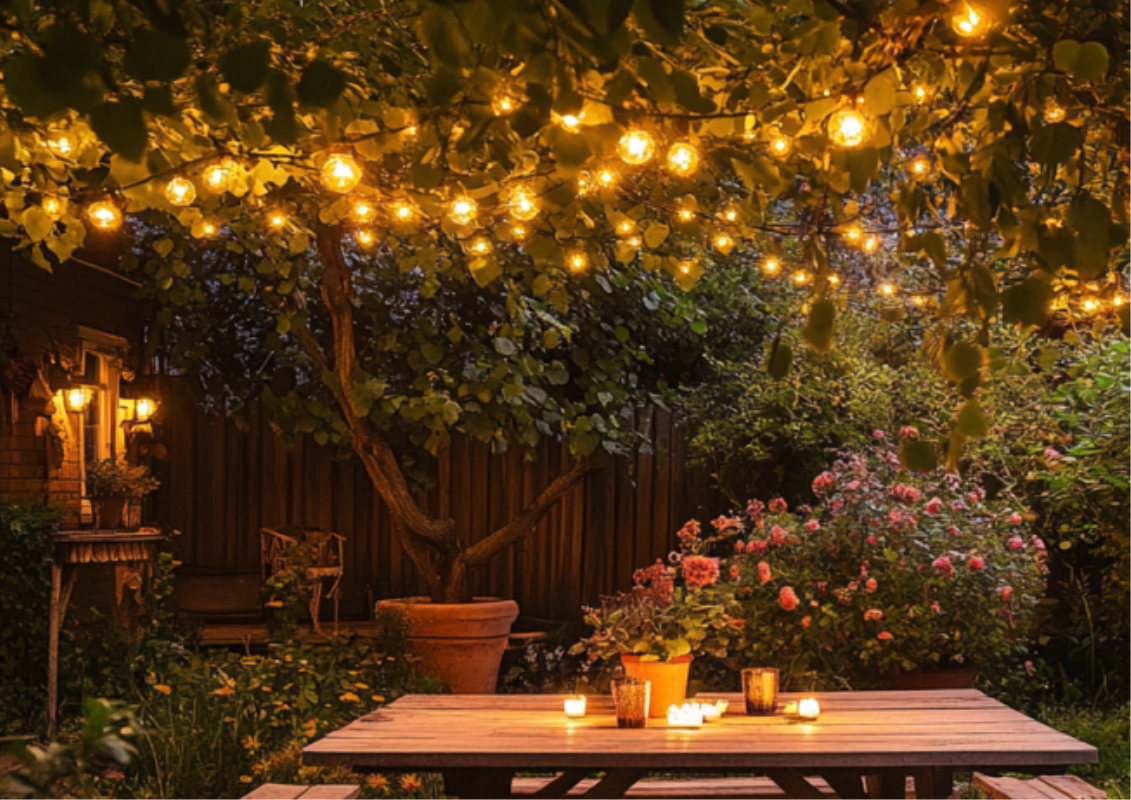Composting is like giving back to nature for everything it does for us. By turning your food scraps and yard waste into nutrient-rich compost, you’re reducing waste and creating a natural fertilizer for your garden or plants. If you’re new to composting, don’t worry–it’s simpler than you might think! With the right guidance, you’ll turn “trash” into garden gold.
This step-by-step guide will explain everything you need to know about starting composting at home. Whether you have a big backyard, a small apartment, or something in between, there’s a composting method that will work for you and your lifestyle.
Why Composting is Worth It
Before we jump into the how-to, let’s talk about why. Composting doesn’t just keep food waste out of landfills; it also offers a ton of other benefits, like:
- Reducing Greenhouse Gas: When organic waste decomposes in a landfill, it produces methane, a greenhouse gas. Composting avoids this.
- Creating Free Fertilizer: Compost improves soil health, boosts plant growth, and reduces the need for chemical fertilizers.
- Cutting Down Waste: On average, food scraps and yard waste make up about 30% of what we throw away. Imagine diverting that into something useful!
- Saving Money: Composting is a budget-friendly way to nourish your plants compared to store-bought soil amendments.
By composting, you’re not just helping the planet; you’re also enriching your garden or indoor plants.
What Can and Can’t Be Composted?
Knowing what to toss in the compost and what to avoid is key to a successful system.
Things You CAN Compost:
- Fruit and Vegetable Scraps (think peels, cores, and rinds)
- Coffee Grounds (plus the filters!)
- Eggshells
- Tea Bags (make sure they’re not made of plastic)
- Grass Clippings
- Dry Leaves
- Shredded Newspaper and Cardboard
- Plant Trimmings
Things You SHOULD AVOID:
- Meat and Dairy Products: They attract pests and can smell bad.
- Fats, Oils, and Grease: These can mess with the composting process.
- Pet Waste: While it’s natural, pet waste can contain harmful bacteria or parasites.
- Plastic, Glass, or Metal: These items simply won’t break down.
A good mix of “greens” (wet, nitrogen-rich items like food scraps) and “browns” (dry, carbon-rich items like dry leaves and cardboard) is crucial. You’ll hear a lot about this balance because it’s what helps your compost break down efficiently without odors.
Choose Your Composting Method
There’s no one-size-fits-all approach to composting. Different systems work better for different spaces and preferences. Here are some of the most popular options to get you started.
1. Backyard Composting
If you have outdoor space, a backyard compost bin or pile is a great option.
What You’ll Need:
- A compost bin or open area for a pile (you can buy one or DIY it with wood pallets or chicken wire)
- Your greens and browns (think scraps and leaves!)
- A pitchfork or shovel for turning
How to Do It:
- Choose a shady spot to set up your bin or pile.
- Start with a layer of browns (dry leaves, straw, or cardboard). Add greens on top.
- Continue layering browns and greens, like lasagna, aiming for a 2-to-1 ratio (twice as much brown as green).
- Turn the pile every two weeks to keep air circulating and speed up decomposition.
- After a few months, your pile will transform into dark, crumbly compost, ready for your garden!
2. Vermicomposting
For those with limited space (or a love of worms), vermicomposting might be your new favorite hobby. This involves using worms to break down food scraps.
What You’ll Need:
- A worm bin (plastic bins work great; just punch some air holes)
- Red wiggler worms (available online or from garden stores)
- Shredded paper or cardboard as bedding
How to Do It:
- Line your bin with damp bedding material.
- Add food scraps, avoiding citrus, onions, and spicy foods that worms dislike.
- Add worms on top and loosely cover the bin with a lid to keep it moist and dark.
- Every few weeks, harvest the rich worm castings (aka worm poop!), which make fantastic plant fertilizer.
3. Indoor Composting
Apartment living? No problem! Indoor composting is a clean and odor-free alternative with the help of a bokashi bin or pre-made countertop system.
What You’ll Need:
- An indoor compost bin (such as a bokashi bucket or small countertop unit)
- Bokashi starter or compostable liners if needed
- Food scraps
How to Do It:
- Collect food scraps in the compost bin, layering with the bokashi mix or as instructed by the system.
- Follow the instructions for fermenting or breaking down the scraps over time.
- Once composted, you can transfer the material to a larger outdoor bin or use it directly in your potted plants.
Maintaining Your Compost System
Starting is one thing, but maintaining your composting system will ensure ongoing success. Here are a few tricks to keep everything running smoothly.
Tips for Maintenance:
- Keep the Balance: Too many greens? Your compost will get slimy and smell. Too many browns? It’ll take forever to break down. Adjust as needed.
- Turn It Regularly: Aerating your compost pile or bin helps speed up the process and prevents unpleasant odors.
- Watch the Moisture: Compost should feel like a damp sponge. If it’s too dry, spray it with water; if it’s soggy, add more browns.
- Avoid Pests: Cover food scraps with a layer of browns (like leaves or shredded paper) to keep pests and flies away.
Troubleshooting Common Compost Problems
Even with the best intentions, composting can sometimes feel tricky. Here’s how to handle common issues like a pro.
Problem #1: It Smells Bad
Solution: You might have too many greens or not enough airflow. Add browns like dry leaves or cardboard and turn your pile.
Problem #2: It’s Not Breaking Down
Solution: If your compost is sitting idle, it may be too dry or lack variety. Add a mix of greens, a splash of water, and turn it for aeration.
Problem #3: Attracting Critters
Solution: Avoid adding meat, dairy, or greasy scraps, and cover fresh food with a layer of browns to mask the smell.
Composting at home is one of the simplest and most rewarding steps you can take toward living more sustainably.
Start small, experiment with what works for you. Before you know it, you’ll have a steady supply of nutrient-rich compost and the satisfaction of knowing you’re doing your part for the planet.
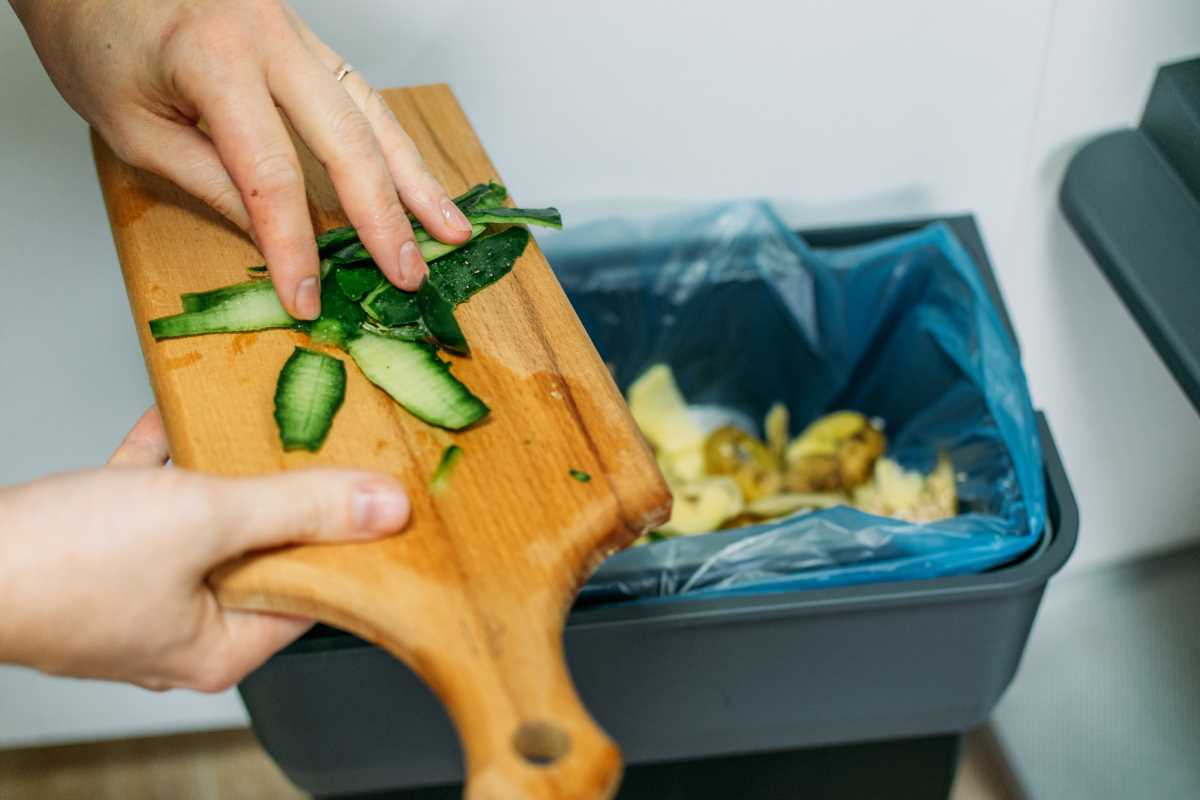 (Image via
(Image via